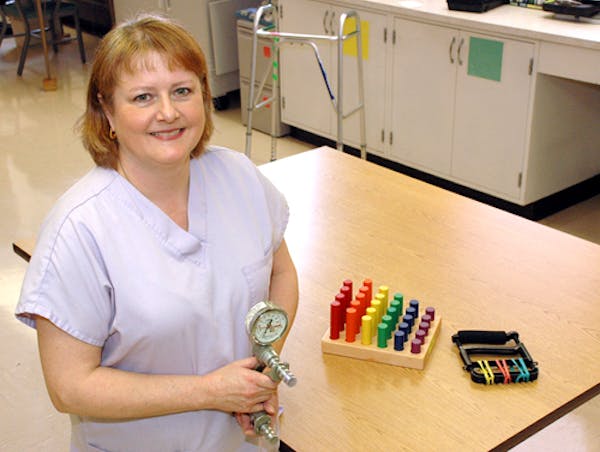Q:What's a typical workday like for you?
A:I work an eight-hour day shift. We are responsible for doing a variety of ultrasounds on patients who are in the hospital or emergency room. The majority of our work comes from outpatient scans, including abdominal, pelvic, obstetric and vascular scans. It can take anywhere from 15 minutes to an hour and a half to complete the scans. Because ultrasound is live, we decide which pictures to take and show to the radiologist.
Q:How does your role fit into the bigger healthcare picture?
A:Ultrasound is a diagnostic tool. In radiology, lots of the modalities are used together. Sometimes, a patient will have an X-ray, a CT scan and an ultrasound. Each shows a different aspect of the body part, which we evaluate. Rarely will you be able to have one test done and find all the answers.
Q:Who do you interact with during the course of the day?
A:We interact with patients and their families, other technologists, management and radiologists. We work with nurses and physicians as well.
Q:Why did you become an ultrasound technologist?
A:A lot of us like the patient interaction and the patient care aspect, but we also wanted a health care job that has a technical aspect to it. Ultrasound is challenging and it's changing all the time. There is a high rate of pay, and in largely populated areas, there is not much, if any, on-call duty.
Q:What do you like about your work?
A:It's challenging and I get to interact with five to 15 different patients every day. It's nice to know that you're an integral part of the whole process. It's not like you just push a button. You really help in the diagnosis.

Minnesota Sports Hall of Fame: A class-by-class list of all members

This retired journalist changed professional wrestling from Mankato

